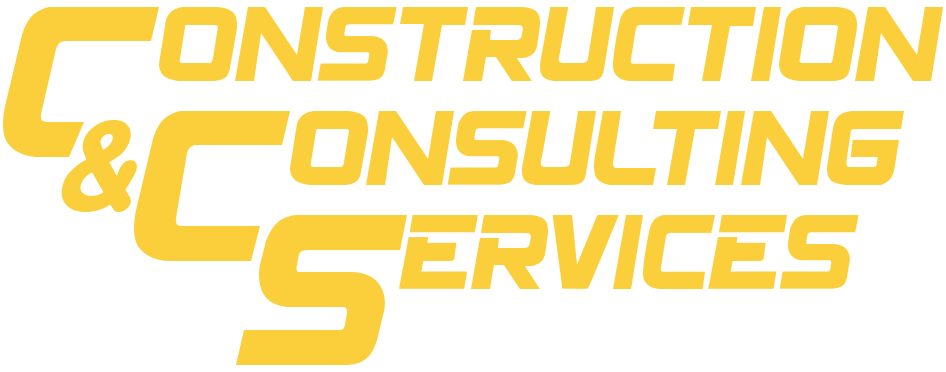Expanding the livable footprints of your ho me can be an exciting endeavor. Whether it is a new room, an accessory dwelling unit (ADU), or the entire second story, home additions can significantly enhance the functionality and value of your property.
Most type of the projects that involve extending the habitable footprints require a permit to ensure the work is safe, structurally sound and compliant with building codes. Yet many homeowners do not obtain necessary permits before undertaking major construction projects in their home.

Fortunately, the Los Angeles building department allows the homeowners to bring their unlawful addition into compliance by obtaining a retroactive building permit. Navigating the complexities of getting a permit after the fact is a daunting endeavor.
This article explains why it is important to get your illegal addition permitted and how the process of retroactive permitting unfolds.
Why Permit Your Unlawful Addition?
Ensuring your unlawful addition is properly permitted is crucial for a variety of reasons, including those follows;
Ensure Safety and Compliance
Unpermitted additions may put the occupants at risk due to structural deficiencies, electrical hazards, or other problems. Permitting an addition ensures that the structure is safe and reliable and adheres to local building codes and safety regulations.
Avoid Legal Protection
An unpermitted addition can lead to legal complications. Municipalities and local governments have the authority to impose fines or require the removal of unpermitted structures. In case of continuous non-compliance, homeowners may be taken to court. By obtaining the proper permits, they can avoid these legal issues and ensure that their property is fully compliant with rules and regulations.
Ensure Financial Security
An unpermitted addition can have significant financial implications, ranging from fines and penalties to the reduced resale value of the property. Potential buyers may be wary of purchasing a home with unpermitted additions due to safety and legal issues. Even if someone chooses to purchase the home, they may demand a lower price.
Keep Insurance Coverage
Insurance companies may deny coverage for damages related to unpermitted additions. In the event of an accident, an unpermitted addition might not be covered by the property owner’s insurance policy. This could leave the homeowner responsible for the full cost of repairs.
Enhanced Property Value
Bringing an unpermitted addition can increase the overall value of a property. Additions such as extra rooms, extended living spaces, or enhanced facilities add to the home’s functionality and appeal. Prospective buyers are often willing to pay a premium for homes that offer more space and amenities.
How to Permit an Unlawful Addition in Los Angeles?
Here is the step-by-step guide on how to retroactively permit an unpermitted addition in Los Angeles.
1. Understanding the Scope of the Work
First and foremost, it is essential to assess the unpermitted addition to determine its extent and impact. Look if the addition meets the current building codes in terms of safety and structural integrity and adheres to the local zoning laws.
2. Get Professionally Drawn Plans
Consult with a licensed architect or structural engineer to create detailed drawings of the unpermitted addition as it currently stands, which are necessary for the permitting process.
The professional you hire can advise you on whether the addition is likely to be approved or if it needs modifications to comply with current city regulations and zoning laws.
3. Submit Plans for Approval
Once you have the necessary drawings and documents, submit the as-built drawings and any required documentation to the building department. This may include structural calculations, energy compliance reports, and other technical documents.
You will also need to pay permit fees, which can vary depending on the nature and scope of the addition and the complexity of the review process.
4. Schedule Inspections
Your unlawful addition will need to pass several inspections from the building department, including framing, electrical, and plumbing inspections. If the work doesn’t meet the code, you may need to make corrections and have the work re-inspected. Adhere strictly to the approved plans and any additional requirements set by the building department.
5. Address Any Violations
If the inspector finds any violations in your unpermitted addition, you’ll need to correct them. This could involve changes, ranging from small upgrades to reinforcing structural elements. Once you make the necessary corrections, you will need to undergo a re-inspection.
6. Final Approval and Issuance of Certificate of Occupancy
Once all inspections are completed and passed, the building department will issue you a certificate of occupancy. This document certifies that the addition is safe and complies with all applicable codes and regulations.
Final Words
Whether you are rectifying an oversight or dealing with work done by a previous owner, taking the right steps to permit an unpermitted addition is essential for safeguarding your property’s value and achieving legality.
Retroactively permitting, it, however, can be a daunting process, but with careful planning, professional guidance, and a proactive approach, it’s possible to bring your property into compliance. Addressing the issue sooner rather than later can prevent fines, legal issues, and complications with property transactions.




